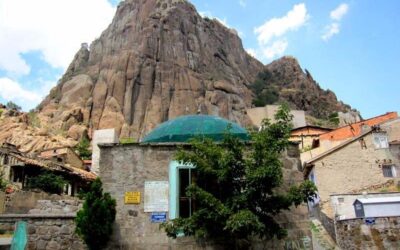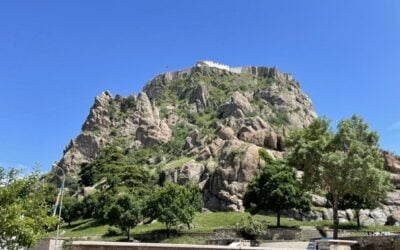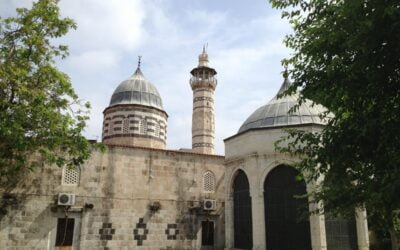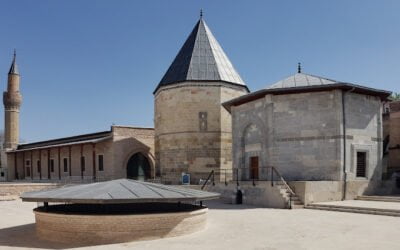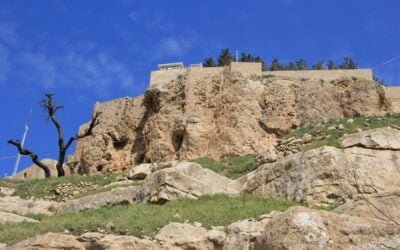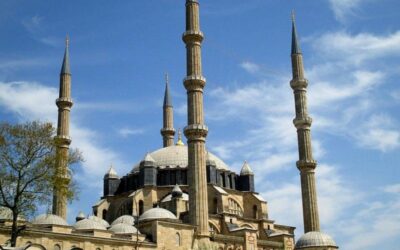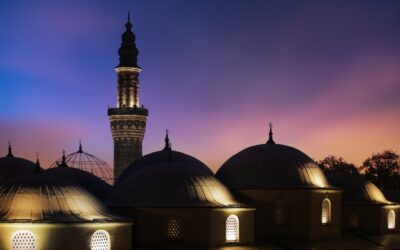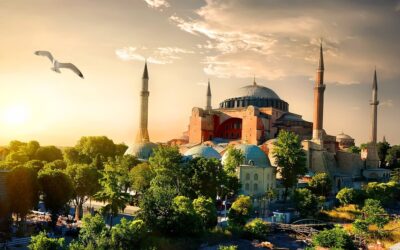The Grand Bazaar
-
The Grand Bazaar is the world’s oldest historical Bazaar.
-
Everything is spectacular in the Grand Bazaar, a mythical place in the Turkish metropolis where it’s easy to lose yourself and be amazed.
-
It can be accessed through up to 22 different doors, leading to some 58 streets. It’s located in the Sultanahmet area, near the Çemberlitas and Beyazit neighbourhoods, just a short distance from the historic centre of the city and its most iconic monuments.
-
Hundreds of thousands of visitors come every day to explore the labyrinth of shops in this large space where you can buy anything: jewellery, carpets, items made of precious metals, fabrics, etc. It’s impossible not to be dazed by the mixture of sounds, smells, flavours, and colours that fill this magical enclave, which is famous for the haggling that takes place here. If you like spices, be sure to stop by another great shopping area, the Spice Bazaar.
-
The history of Istanbul’s Grand Bazaar, a journey to the Ottoman Empire: the origin of the Grand Bazaar dates back to the time of Sultan Mehmet II in the 15th century. The ruler started the construction of covered bazaars, known as “bedesten”, which were dedicated to the sale of fabrics and silks. They gradually included other types of products. The guild workshops were grouped by zones and over time the streets that housed them were covered by vaults, leading to the appearance of the Grand Bazaar as we know it today. It’s easy to travel back in time when touring this city of treasures within Istanbul. The vast expanse of the Ottoman Empire across three continents and its control of communications between Asia and Europe made the Grand Bazaar a major economic hub for Mediterranean trade. According to various travellers’ and chroniclers’ sources, until about the mid-19th century, the huge market was unrivalled among its European peers due to the abundance, variety, and quality of its products.
-
The various eras of Istanbul’s Grand Bazaar: the architecture of the site still has its main features, but many disasters have afflicted the area. Fires and earthquakes over the years have meant that various refurbishments were required. Its present form, with its 45,000 square metres of floor space, is the result of improvements made after an earthquake in 1984.
-
The shops of the Grand Bazaar have been much more than places for business transactions. In the past, they were places to meet and talk. The merchants sat on wooden sofas in front of their small shelves, and customers could sit next to them and chat over a cup of Turkish tea or coffee. Talk would centre around the products, but there was also time to discuss many other matters. In some places this custom is still alive and you can still see shopkeepers offering an apple tea to customers in less of a hurry.

